Warren Distinguished Lecture Series

The Warren Distinguished Lecture Series is made possible by a generous, renewing gift by Alice Warren Gaarden in 1961. Since 1989, we have been bringing in accomplished researchers and speakers from around the world to share their work with students, faculty, and friends of CEGE. Please join us for these lectures!
- Join us in person in the George J. Schroepfer Conference Theater, 210 Civil Engineering Building, Fridays at 10:10 a.m., unless otherwise noted. Coffee and refreshments served.
- Join us via Zoom. Registration is required. Link information will be sent when you register.
- Recordings are available on the CEGE YouTube channel, Warren Lecture Series playlist , where you can also search past lectures.
Upcoming Events
We wrap up the spring season on April 26 with the Robert Dexter Lecture with Dimitrios Lignos, Resilient Steel Structures Laboratory, École Polytechnique Fédérale de Lausanne (EPFL), Lausanne (Switzerland). The series will resume after a summer break.
There are no upcoming events matching your criteria.
Past Warren Lectures
Ultralight Coilable Structures
Friday, Oct. 18, 2019, 10:10 a.m. through Friday, Oct. 18, 2019, 11:15 a.m.
George J. Schroepfer Conference Theater, 210 Civil Engineering Building

Sergio Pellegrino
Engineering and Applied Science, California Institute of Technology
Pellegrino and his team are developing ultralight, plate-like, square spacecraft for solar power satellites. Each satellite consists of a central element, four deployable booms supporting diagonal cords, and a series of strips parallel to the sides of the square, connected to four diagonal cords. The strips are ladder-like structures consisting of thin-shell longerons connected by transverse elements, supporting multifunctional “tiles” consisting of photovoltaic and RF elements. This whole assembly can be elastically folded into a star configuration and then tightly coiled around the hub. Proof-of-concept physical models of this structure have been built, and it has been demonstrated that these complex structures fold and deploy in a repeatable way under the action of simple constraints. Future applications of these structures will require upscaling of this structural concept to tens of meters, posing new challenges for the design of thin shell structures.
Pattern Formation in Suspension Flows
Friday, Oct. 11, 2019, 10:10 a.m. through Friday, Oct. 11, 2019, 11:15 a.m.
George J. Schroepfer Conference Theater, 210 Civil Engineering Building
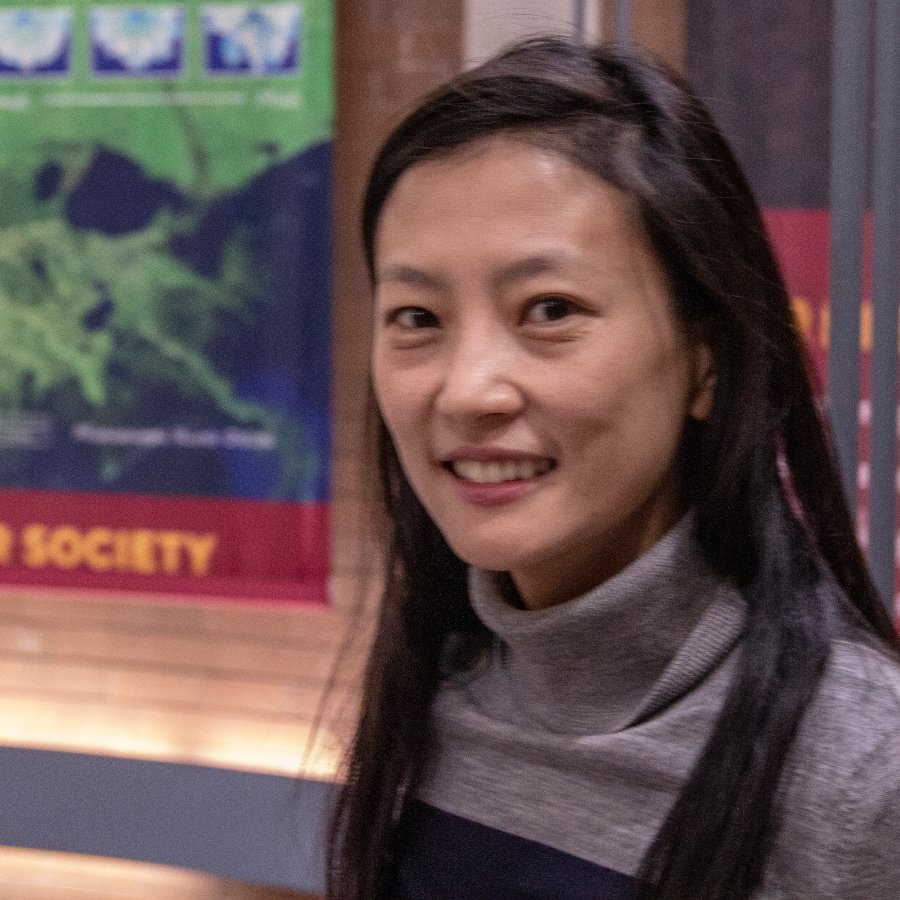
Sungyon Lee
Mechanical Engineering, University of Minnesota
Lee focuses on two complementary flow configurations in which the presence of suspended particles may drastically alter the dynamics of the fluid-fluid interface and lead to pattern formation. First, Lee reports a particle-induced fingering instability when a mixture of particles and viscous oil is injected radially into an air-filled Hele-Shaw cell. Experimental results show that the onset and characteristics of fingering are most directly affected by the particle volume fraction but also depend on the ratio of the particle diameter to gap size. The physical mechanism and reduced model are also discussed. In the second part of the talk, Lee discusses the result of injecting air into a packing of soft hydrogel beads that are saturated in water. This new combination of buoyancy, capillarity, and elasticity under confinement leads to complex morphologies of air migration, as well as nontrivial dynamics in the amount of trapped air in the system.
(recording not available)
An Efficiency Paradox of Uberization
Friday, Oct. 4, 2019, 10:10 a.m. through Friday, Oct. 4, 2019, 10:10 a.m.
George J. Schroepfer Conference Theater, 210 Civil Engineering Building
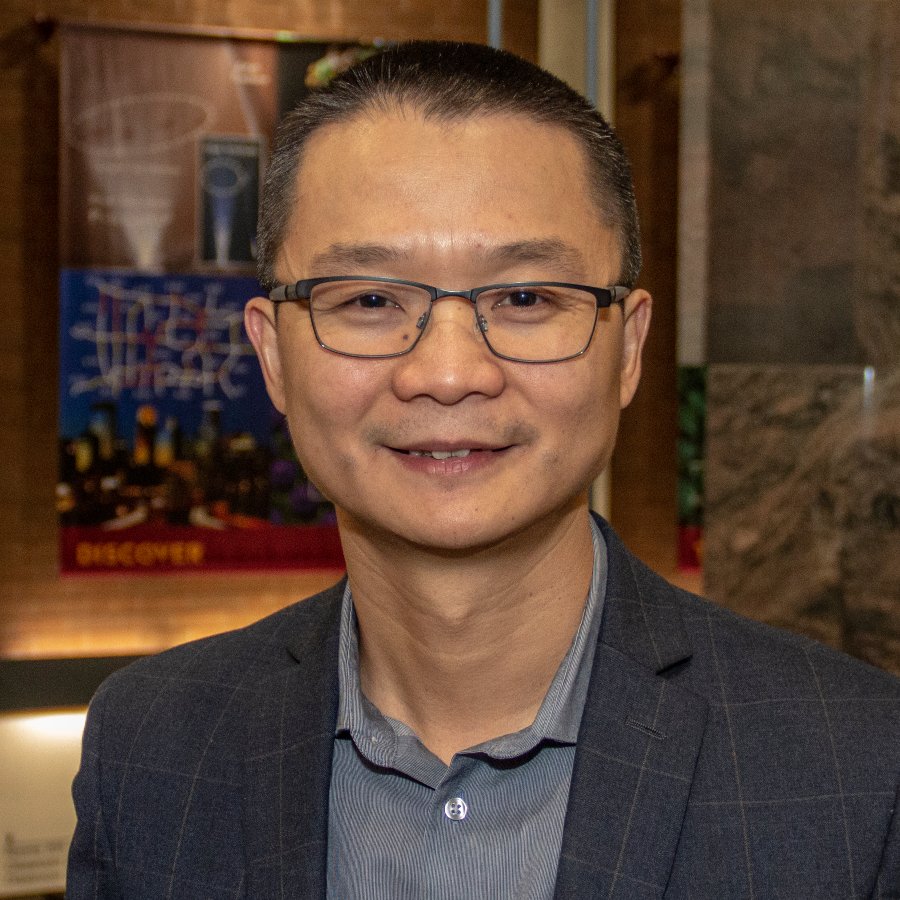
Yu (Marco) Nie
Civil and Environmental Engineering, Northwestern University
ABSTRACT: Uberization promises to transform society based on an intuitive proposition: Advanced peer-to-peer matching guarantees greater overall efficiency. Nie challenges this proposition in uberized ride-hail service through an ananlysis of a service called e-hail. By analyzing hundreds of local markets in Shenzhen, China, Nie discovered e-hail is outperformed &emdahs; in terms of wait time and trip production — by taxis hailed off the street in areas with high densities of passengers and drivers. This paradox arises because a quicker match does not always expedite and enhance a ride-hail service. On the contrary, quick match can induce competition that undermines the network effect, making a passenger less likely to benefit from more drivers, and vice versa, in e-hail service compared to taxi service. Consequently, simply attracting more users may not improve e-hail’s efficiency because its competitive edge diminishes with scale. The finding implies uberization has a limited impact on efficiency and is unlikely to create a “winner-take-all” in transportation.
Optimization of Lattice-based Models for Simulation of Multi-stage Hydraulic Fracturing
Friday, Sept. 27, 2019, 10:10 a.m. through Friday, Sept. 27, 2019, 11:15 a.m.
George J. Schroepfer Conference Theater, 210 Civil Engineering Building
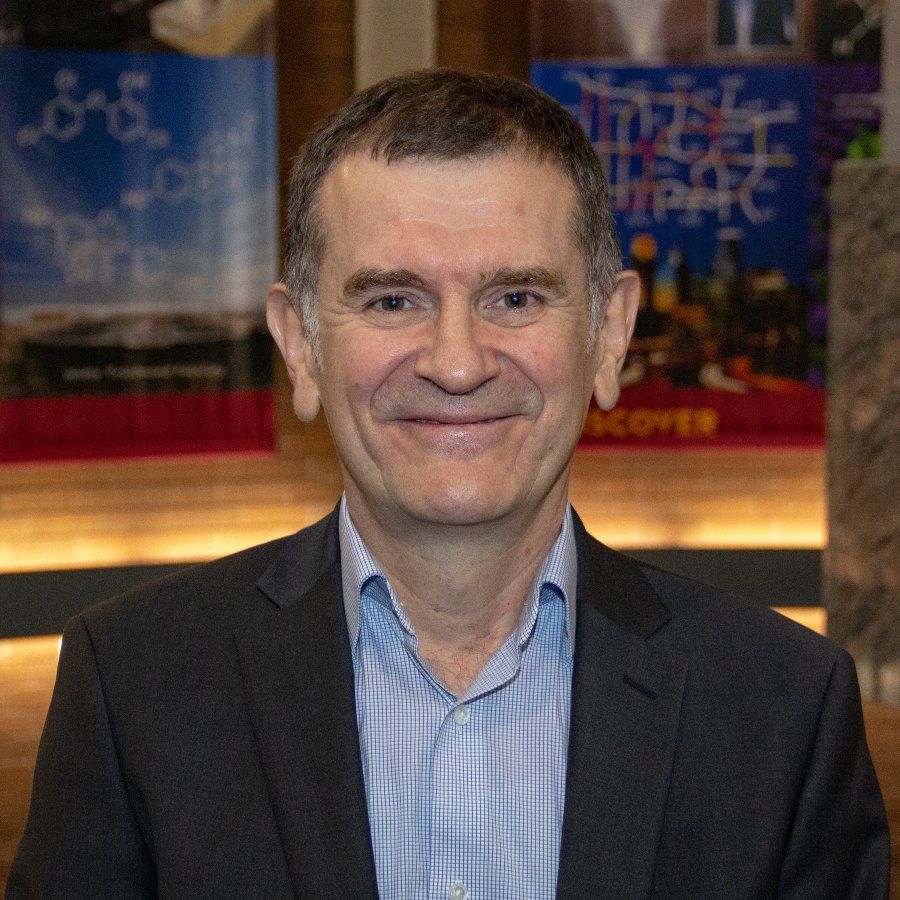
Branko Damjanac
Itasca Consulting Company
ABSTRACT: Treatment of rock mass by fluid injection is a technology used for various objectives by various industries (for example, petroleum, mining, and geothermal). Initially, fluid injection was used by the petroleum industry, as hydraulic fracturing, to increase permeability of oil and gas reservoirs. In the past 10 years, development of multi-stage hydraulic fracturing from horizontal wells was one of the main reasons oil and gas production from shale reservoirs changed the global energy landscape. Damjanac describes a new numerical code based on lattice implementation of the synthetic rock mass (SRM) method, an analytical tool that could be applied for well and stimulation strategy designs and optimization of fractured reservoir treatments by fluid injection. The code can simulate different regimes of hydraulic fracture propagation in naturally fractured reservoirs initiated from multiple perforation clusters and stages. Damjanac describes the formulation of the numerical code including optimizations for different fracture propagation regimes, and he presents results illustrating interactions of hydraulic fractures for typical field conditions.
The Full Cost of Headway Variability in Waiting, Crowdedness and Reliability: Two Strategies for Control
Friday, Sept. 20, 2019, 10:10 a.m. through Friday, Sept. 20, 2019, 11:15 a.m.
George J. Schroepfer Conference Theater, 210 Civil Engineering Building

Juan Carlos Muñoz
Transport Engineering and Logistics, Pontificia Universidad Católica de Chile
ABSTRACT: The main focus of public transport operations in recent decades has been increasing speed. Increasing speed allows for faster trips and a higher frequency, reducing wait times and crowdedness inside the vehicles. A second key dimension in level of service has been ignored: reliability. Muñoz reviews impacts of an unreliable public transport service and shows how regularizing headway could improve level of service beyond the gains of simply increasing the operational speed. Regular headways positively affect comfort, reliability, travel and wait times, operational costs, and some urban impacts of bus services. Reliability is fundamental for making public transport an attractive travel alternative, and therefore must become a core goal for urban sustainability. Public transport agencies and operators should focus on reliability. Muñoz introduces methodologies to implement two different control strategies: bus holding and boarding limits through a rolling horizon optimization approach, and bus injection through a stochastic model.
Addressing Network Challenges for Wireless Control of Civil Infrastructure
Friday, Sept. 13, 2019, 10:10 a.m. through Friday, Sept. 13, 2019, 11:15 a.m.
George J. Schroepfer Conference Theater, 210 Civil Engineering Building

Lauren Linderman
Civil, Environmental, and Geo- Engineering, University of Minnesota
ABSTRACT: Structural control offers an approach to protect structures from natural hazards by adding devices that can introduce damping or alter the stiffness of the structure. Effective implementation of sensor and actuators networks (SANs) for civil applications has significant challenges, such as modeling and loading uncertainty, large-scale systems, and reliability. Additionally, as the field moves towards wireless SANs, deployment challenges must be considered, such as communication latency and unreliable communication, which make common centralized control strategies less feasible for wireless networks. Linderman addresses the challenges of communication delays and error through decentralized control, sensor selection, and controller implementation. Linderman’s proposed feedback and sensor selection approach does not require knowing the feedback structure or desired number of sensors a priori, which allows the optimal configuration to be considered in the design.
Building Bridges’ through the Lens of Diversity and Inclusion
Friday, May 3, 2019, 10:10 a.m. through Wednesday, May 1, 2019, 11:15 a.m.
George J. Schroepfer Conference Theater, 210 Civil Engineering Building
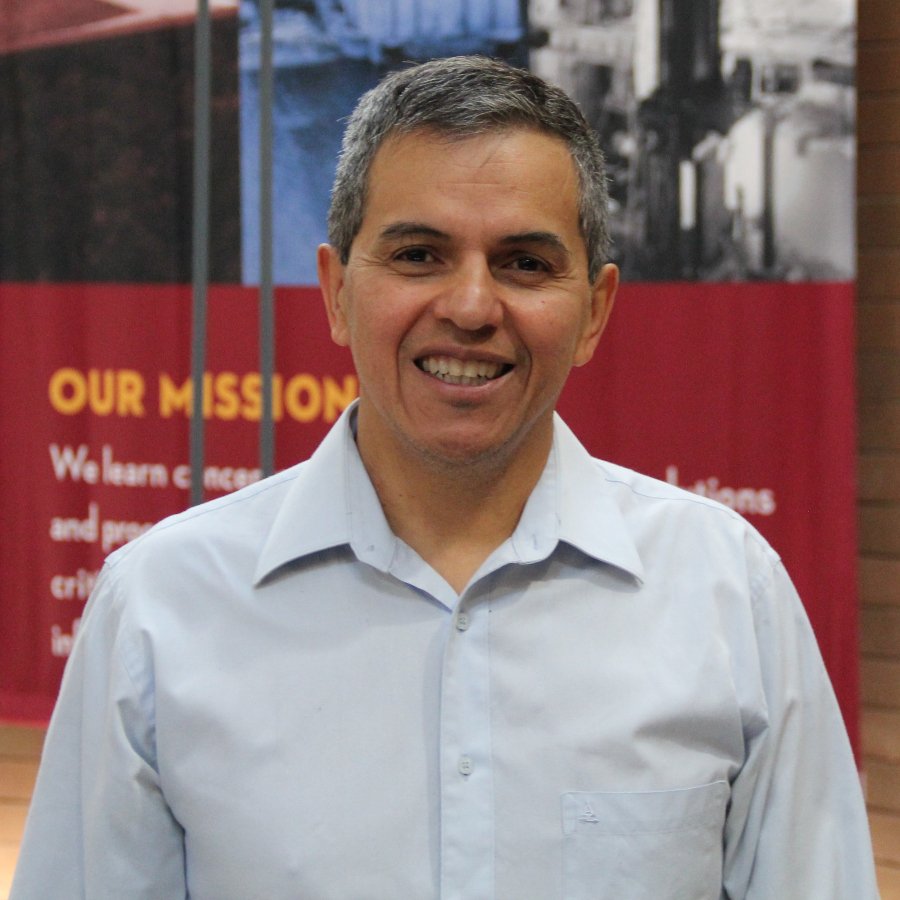
Edgar Arraiga
Chemistry and CSE Diversity & Inclusivity Alliance, University of Minnesota
ABSTRACT: Diversity and Inclusion (D&I) are two of the Core Values that the American Society for Engineering Education uses to advance innovation, excellence, and access at all levels of education for the engineering profession. These are also the attributes of top organizations who recognize diversity as one of their pillars. On the other hand, the field is concerned with disparities that challenge the ability of engineering programs to meet the future professional demands of the field. At the University of Minnesota, the College of Science and Engineering (CSE) has been making efforts to identify opportunities to advance CSE’s mission through the D&I lens. Arraiga summarizes recent D&I studies relevant to the engineering profession, discusses D&I needs and challenges, and portrays opportunities within CSE. He exhorts everyone in CEGE to use the D&I lens to define and advance CEGE’s mission.
Meshfree Methods: Progress Made After 20 Years and Future Directions
Friday, April 26, 2019, 10:10 a.m. through Friday, April 26, 2019, 11:15 a.m.
George J. Schroepfer Conference Theater, 210 Civil Engineering Building

Jiun-Shyan (JS) Chen
Structural Engineering & Center for Extreme Events Research, University of California, San Diego
ABSTRACT: In the past two decades, meshfree methods have emerged into a new class of computational methods with considerable success. In addition, a significant amount of progress has been made in addressing the major shortcomings that were present in these methods at the early stages of their development. For instance, essential boundary conditions are almost trivial to enforce by employing the techniques now available, and the need for high order quadrature has been circumvented with the development of advanced techniques, essentially eliminating the previously existing bottleneck of computational expense in meshfree methods. Given the proper treatment, nodal integration can be made accurate and free of spatial instability, making it possible to eliminate the need for a mesh entirely. Meshfree collocation methods have also undergone significant development, which also offer a truly meshfree solution. This presentation will give an overview of major progresses made in the field, the application to many challenging engineering mechanics problems, and the future directions of this research area.
Macroscopic Modeling of Ride-Sourcing Systems: Regulation and Fundamental Diagram
Friday, April 19, 2019, 10:10 a.m. through Friday, April 19, 2019, 11:15 a.m.
George J. Schroepfer Conference Theater, 210 Civil Engineering Building

Yafeng Yin
Civil and Environmental Engineering, and Industrial and Operations Engineering, University of Michigan, Ann Arbor
ABSTRACT: Ride-sourcing companies such as Uber, Lyft, and Didi Chuxing are transforming the way people travel in cities. The companies provide ride-hailing applications that intelligently match riders to drivers; drivers are private car owners who drive their own vehicles to provide ride-for-hire services for profit. Since their advent in 2009, ride-sourcing companies have enjoyed huge success, but also created many controversies. Yin presents research findings from a series of studies conducted by the Lab for Innovative Mobility Systems (LIMOS). Yin discusses two specific issues: a macroscopic modeling framework for analyzing the ride-sourcing market and deriving insight for its regulatory policies, and then, by viewing ride-sourcing as an input/output system, Yin shows that the output rate of the ride-system system (the number of riders arriving at their destinations per unit of time) can decline with accumulation (the number of riders in the system) and how control can prevent that decline.
Critical Mechanical Structures: Topological Metamaterials and Robust Mechanisms in Messy Matter
Friday, April 12, 2019, 10:10 a.m. through Friday, April 12, 2019, 11:15 a.m.
George J. Schroepfer Conference Theater, 210 Civil Engineering Building
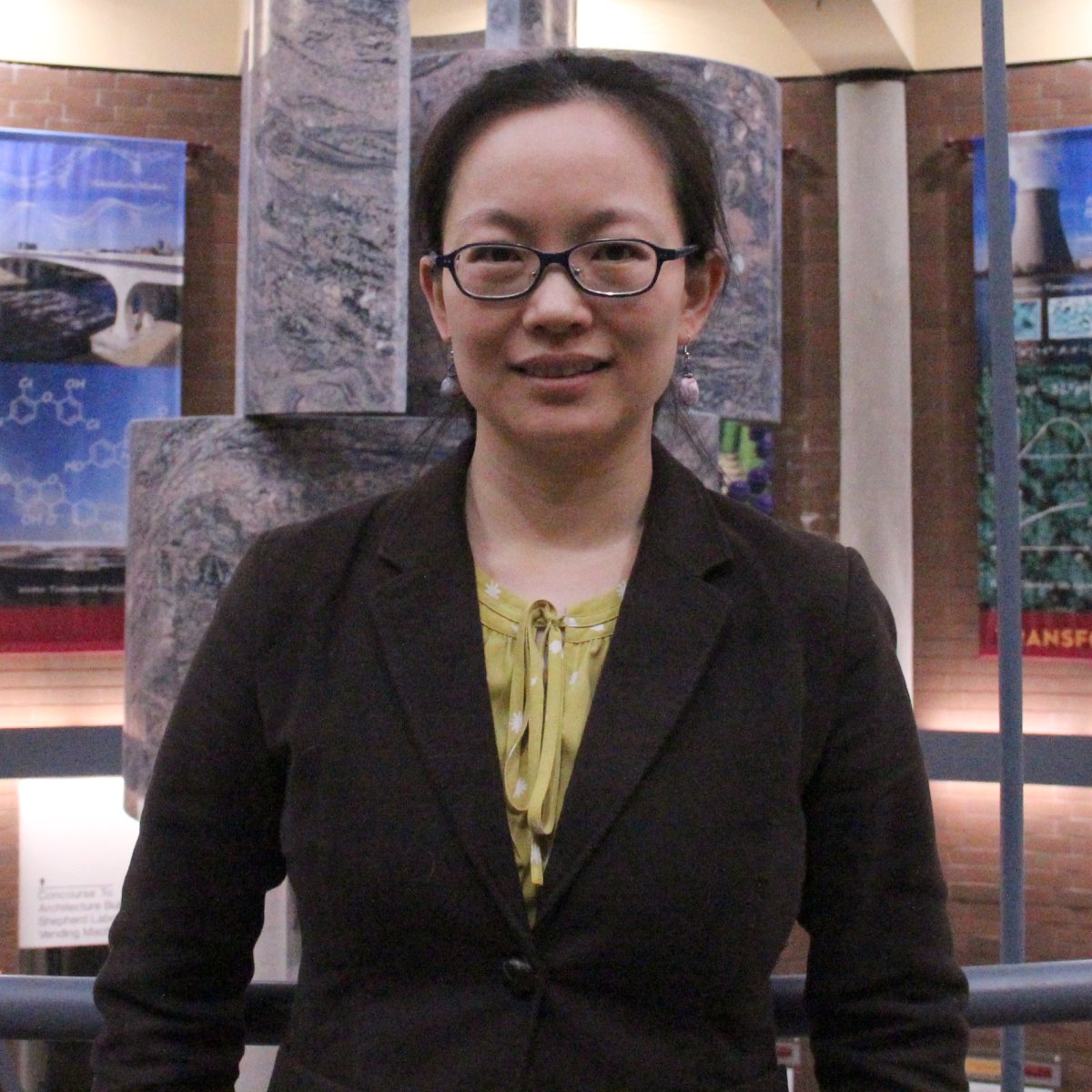
Xiaoming Mao
Physics, University of Michigan
ABSTRACT: Critical mechanical structures are structures at the verge of mechanical instability. These structures are characterized by their floppy modes, which are deformations costing little energy. On the one hand, numerous interesting phenomena in soft matter are governed by the physics of critical mechanical structures, because they capture the critical state between solid and liquid. On the other hand, the design of mechanical metamaterials (i.e., engineered materials that gain their unusual mechanical properties, such as negative Poisson's ratio, from their structures) often rely on floppy modes to realize novel properties, and the floppy modes in this situation are called "mechanisms." Mao focuses on floppy modes in critical mechanical structures that are governed by topological invariants, and are thus called "topological edge modes." Mao proposes a new design principle, for mechanical metamaterials that are transformable between states with dramatically different properties, by manipulating topological states. Because of the topological protection, these floppy modes are highly robust against disorder. Mao also discusses recent work exploring topological floppy modes in aperiodic, messy, systems, such as fiber networks and quasicrystalline tilings, which manifest the power of "topological protection," and may lead to broad applications in biology, physics, and engineering.
Note: Recording not available